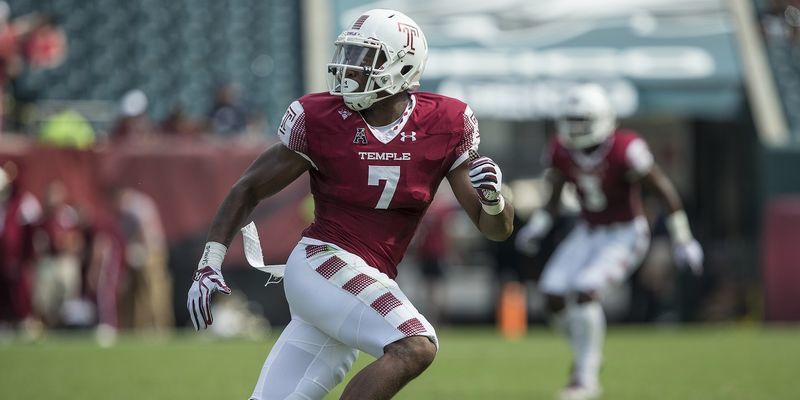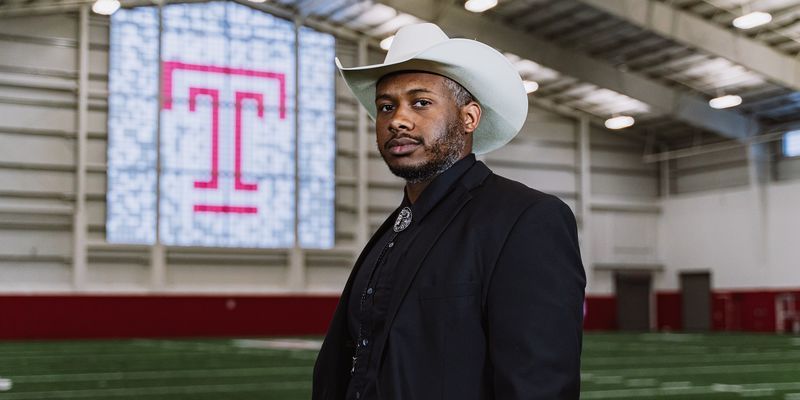Shohei Ohtani is MLB’s new $700 million man. What does it mean moving forward?
Temple University School of Sport, Tourism and Hospitality Management faculty member George Diemer discusses the financial implications of the two-way baseball star’s record-breaking $700 million contract.

As the only American professional sport with fully guaranteed contracts, Major League Baseball (MLB) has always been big business. On Saturday, Dec. 9, it got even bigger.
On that day, two-way (pitcher and hitter) baseball superstar Shohei Ohtani announced that he had signed a $700 million, 10-year contract with the Los Angeles Dodgers. It’s the richest deal in all of sports history and it’s also arguably the most unique deal, too, as it includes a $680 million deferral for 10 years.
George Diemer is an associate professor of instruction in Temple University’s School of Sport, Tourism and Hospitality Management. He is a sports economist who specializes in the business of sports, and his research has been published in scholarly journals that include The American Economist, International Journal of Sport Finance, the Journal of Sports Economics, and The Journal of Gambling Business and Economics.
Temple Now caught up with Diemer to get his thoughts on the record-breaking contract, its implications from an economic standpoint and how this will affect the MLB moving forward.
Temple Now: As a sports economist, you study the business of sports. So, broadly speaking, have you ever seen anything like this?
 George Diemer: The only one that’s really ever been similar is the Bobby Bonilla contract. He had a lot of money deferred, and he is still getting paid money today and through 2035, but that is still not that comparable. This contract trumps that, both in its magnitude and in the percentage that’s backloaded. It is a very interesting one and not something that we have really seen before.
George Diemer: The only one that’s really ever been similar is the Bobby Bonilla contract. He had a lot of money deferred, and he is still getting paid money today and through 2035, but that is still not that comparable. This contract trumps that, both in its magnitude and in the percentage that’s backloaded. It is a very interesting one and not something that we have really seen before.
TN: As the only American sport with fully guaranteed contracts, baseball has always been known for its big contracts. Still, did you foresee something quite like this?
GD: It is a huge contract, without a doubt. But in a lot of ways, it doesn’t feel like it’s $700 million because so much of it is deferred. And in this particular case, he’s not asking for any interest to be paid on that deferred chunk, so that makes the contract feel like it’s a little bit more manageable. There are also other circumstances to consider that make this so unique. Because he is deferring it for 10 years, he might be able to move out of California or even out of the United States and go back to Japan where he would not have to pay income tax on it. There is also going to be all of this endorsement money coming to him because he is playing for a big-market team like the Dodgers.
TN: When we talk about professional sports, we often hear that they are copycat leagues. But sometimes they are not. To that point, when the Cleveland Browns signed quarterback DeShaun Watson to the largest fully guaranteed contract in the sport’s history, there was belief that it would be the start of a trend. That has proven to not be true. What do you see happening here, in the case of Ohtani?
GD: Well, it’s interesting that you bring up Watson, because when he was signed (by the Browns), it was clear that the owners were concerned that this was going to be the start of a trend and for whatever reason, it didn’t become a trend. Maybe they got behind closed doors and said, ‘We can’t do this again.’ We don’t know for sure, but it seems as if they were focused on making sure that that contract did not set a precedent.
I could see the same sort of thing happening here where people say, ‘Look, this really, really changes a lot of things, and we have to be cognizant of this moving forward.’ First of all, it really changes the way that they have to compute the competitive balance tax throughout the MLB. Currently, they have a soft cap, and you can go over that cap, but you have to pay a penalty. But this contract is different. When you first start reading the reports of Ohtani signing, you think, ‘My gosh, that’s going to count $70 million dollars every year against the competitive balance tax (CBT) that baseball has. But since so much of this money is deferred and CBT is calculated in terms of average annual value, this is not actually $70 million dollars per year; it’s more like $46 million, since Ohtani will be paid from now through 2043. This helps the Dodgers potentially spend more, and we have heard they are not done yet and may sign additional players. The competitive balance tax is supposed to combat this type of thing and stop teams from spending too much, but it did not do that in this case. So I wouldn’t be surprised if the owners are doing the same thing that happened in NFL in that they will get behind closed doors and have some conversations about how they cannot set this type of contract up to become the new standard in the industry.
TN: In the MLB, there is big disconnect in spending between your large-market franchises like the Dodgers, New York Yankees and Boston Red Sox compared to teams like the Cleveland Guardians, Pittsburgh Pirates and Tampa Bay Rays. Some described it as an unfair playing field. How does this contract affect that?
GD: What we find when we take a look at the numbers is that if you ranked franchises as far as how much they’re worth, it comes down to the sport. So if you did that in something like the NFL, the ranking really comes down to when the stadiums were built, how many luxury boxes are in there and so forth. As opposed to something like baseball, it really comes down to market size. So you have the Yankees, Dodgers and Mets, and they are going to be able to have this big sustainable market. I was quite certain that Ohtani was going to either Los Angeles or New York. The teams that try to buck this trend have, for the most part, been unsuccessful. That goes way back to a team like the Arizona Diamonds who had Curt Schilling, Randy Johnson and spent a lot of money with the theory that it would lead to sustained financial success.
It did not end up working, and now we have seen the same thing happen with the San Diego Padres. I think all of this is good because the the lesson is that when you’re playing baseball, you’re at the mercy of the market that you’re in. In the NFL, there is a generous revenue-sharing program, and it is just not the case in the MLB.
TN: Final question: Good deal or bad deal?
GD: I think it’s good. I think it’s good for everybody. It’s good for the Dodgers as they get to win now and can align their talent to strike now when the iron is hot. I think it’s good for baseball. I think that baseball’s on the upswing, and there has been so much talk about this contract. Baseball’s revenue from this past year seemed really strong. Attendance has gone back, and it seems as if some fundamental changes in the game were generally perceived as being very positive. So that’s all good to see. Finally, it’s good for Ohtani. He gets national exposure, which means national exposure for baseball, which is great for the game. There are a lot more fans in Los Angeles than other markets he could have gone to, and they are going to enjoy seeing him play. Plus, he might be able to eventually get out of paying income taxes, so that is a pretty nice deal for him, too.


